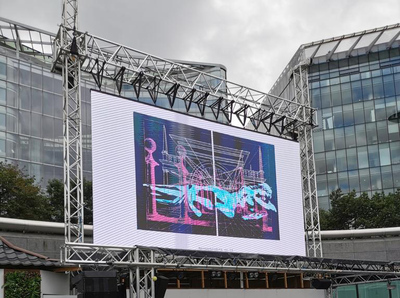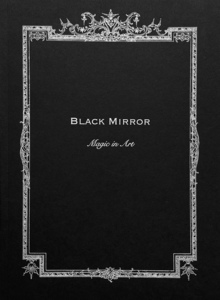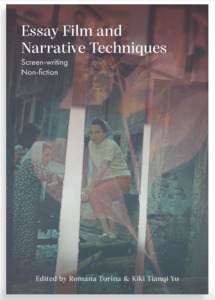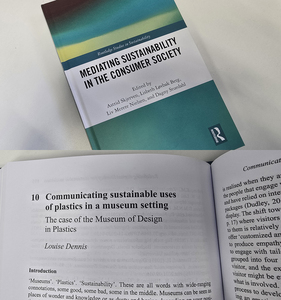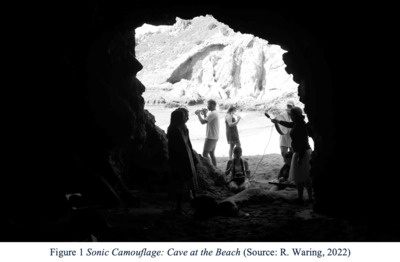In 1989, at the age of 22, Paul Lewin left Bristol, where he had studied Fine Art for three years and travelled three hours south to West Penwith in Cornwall. He intended to stay for a few months so that he might rekindle an interest in the Cornish landscape he had first experienced at art school. He never returned north and has been based in the far south-west ever since.
Lewin hailed from Manchester, that vast conurbation and 'ideopolis' in the north-west of England, arguably the country's second city after London. As a young boy of seven or eight, he remembers being taken for a visit to nearby Stockport College of Art by his father, who was then studying textile design and helping to mix the coloured gouache paint for intricate wallpaper and carpet designs. A talented child at secondary school, the young Lewin showed such potential in drawing that he gained a place at the same college, which was then renowned (as it still is) for its attention to the essentials of fine art practice. Lewin prospered under the guidance of such lecturers as Duncan Watnough and Derek Wilkinson who laid taught drawing from rigorous observation and laid down the principles of the craft of painting.
This new book takes the form of a collection of existing paintings, and others created specifically for this publication, each painting marking a walking line west from Newlyn along the headland to Land’s End, then north to Zennor. The images are accompanied by a text written by Paul Gough. contextualising Paul Lewin’s practice in the history of Cornish painting, the tradition of en plein work, but also offers a commentary on the artist’s sojourn across West Penwith. The book also includes an interview between the painter and writer which covers the artist’s approach to painting, his methods, materials and those artists and writers who matter most to him.
 |



 Lists
Lists Lists
Lists

![GOUGH_Paul-Lewin-Zawn.jpg [thumbnail of GOUGH_Paul-Lewin-Zawn.jpg]](https://research.aub.ac.uk/158/1.haslightboxThumbnailVersion/GOUGH_Paul-Lewin-Zawn.jpg)


